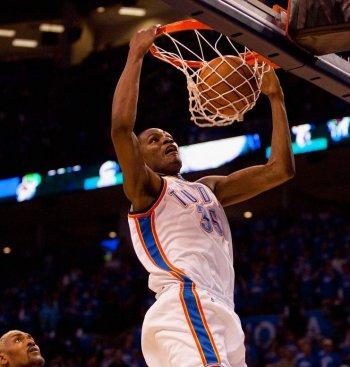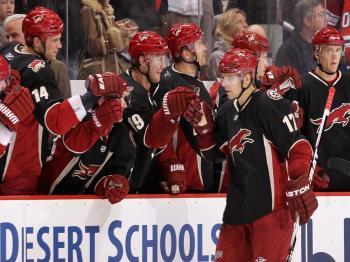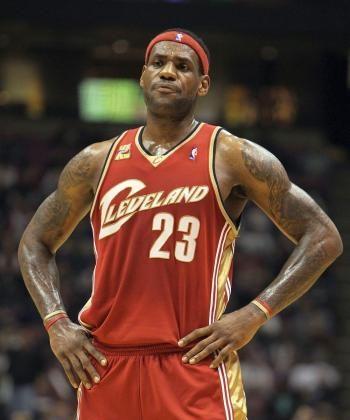Some things just go together; Laurel and Hardy, Simon and Garfunkel, salt and pepper to name a few. And in the “coolest game on earth,” hockey and fighting just go together too.
But there seems to be a disconnect between what the fans want and what the league wants. It’s similar to betting and the National Football League—the league will lobby against betting but fans still love to wager on the NFL.
Casual and hardcore fans love watching players “drop the gloves,” but the league tries to discourage it—implementing the instigator rule—which, according to Rule 56 of the NHL rulebook, states that a player “who is deemed to be the instigator of an altercation shall be assessed an instigating minor penalty, a major for fighting, and a ten minute misconduct.”
Fighting is not punishable by suspension or ejection (for the most part), and the league does not keep official fighting major statistics, although there are Web sites dedicated to tracking fighting stats.
According to www.hockeyfights.com, the Calgary Flames led the league in fighting majors last year, with 70 in 82 games (0.85 fighting majors per game).
So far this year, the site reports that the Anaheim Ducks and the Vancouver Canucks are tied for the league lead with 36 fighting majors in 31 games (1.16 fighting majors per game).
“In 2005–06, an average of 0.75 fighting majors were called each game. That increased to 0.80 in 2006–07, and 1.07 last season,” said Sportsnet.ca columnist Mike Brophy. So, fighting in the NHL is on the rise.
On Jim Rome’s syndicated radio talk show “The Jungle,” hockey fighting detractors call in saying they don’t get understand why fighting is tolerated in the NHL. But Rome always points to the unwritten code in hockey.
Way to ‘Police’
Hockey is a rough sport, full of hard hits and physical play, but “cheap shots” and dirty play are frowned upon.
Fighting is a way to “police” such violations, a way to make offenders pay the price for cheap shots.
The fact that revered and unofficial dean of hockey in Canada, Don Cherry, openly endorses hockey fighting doesn’t do much to help the anti-fighting sentiment.
Fighting is ingrained into the fabric of hockey, even at the major junior level, and Cherry thinks it should stay that way.
On his Hockey Night in Canada segment “Coach’s Corner” last March, after a fight involving Hall of Fame goalie Patrick Roy’s son Jonathan in the Quebec Major Junior Hockey League, Cherry spoke of the importance of fisticuffs amongst the youth.
“You have 20-year olds and you have 16-year olds, who are dynamite otherwise they wouldn’t be there. Usually the older guys will leave the younger guys alone until you make the playoffs and some of these big guys go after the young guys,” explained Cherry.
“If you don’t have somebody to step in and take charge, those 16-year olds will be open season.”
It didn’t help matters that the Anaheim Ducks won the Stanley Cup two seasons ago, employing a rough and tumble style that included fighting. The Ducks led the postseason in fighting majors with four during their winning Cup run and many have since copied that formula.
Fighting probably won’t be taken out of the game as “purists” like Cherry would be up in arms, not to mention the rest of the hockey-watching public. Traditions are hard to change, and the NHL doesn’t want to lose customers, of course.





